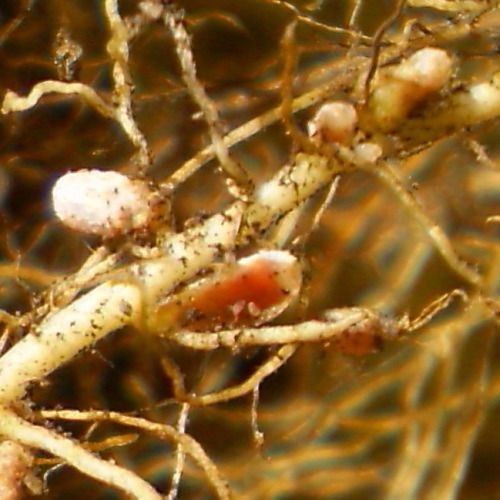by Roger Martyn
Pastures growing in soils where the fertility has been correctly balanced and the conditions are right, will respond most to Nitrogen fertiliser inputs. There is a limit of course: adding much more than 50 kg/ha of elemental N at one time rapidly leads to a diminishing response for each additional unit of N applied, and probably moresignificantly, runs the gauntlet of poor pasture palatability and even nitrate poisoning of stock in the short term, and in the longer term, suppression of clover. Other long term negative effects from applications of highly water soluble forms of Nitrogen fertiliser can be the runoff and leaching of the nitrate and nitrite forms of Nitrogen into water courses and ground water. These losses are not only inefficient; they can also lead to serious pollution problems resulting in excessive algae and weed growth in water courses and coastal marine ecosystems, and high nitrate levels in groundwater which can and do have serious implications for stock and human health. In the case of urea N applications, nitrogen losses can occur in hot weather conditions due to volatilization. These Nitrogen losses are in several form of nitrogen – NH3, NO, NO2, N2 and N2O. The latter, Nitrous Oxide is no laughing matter, it being a significant green house gas contributor, while most of the former have indirect GHG effects as well.

The ideal of course would be to have a controlled release form of Nitrogen fertiliser, one that more closely matches the pastures ability to uptake and utilise the Nitrogen. This is seemingly a tall order but fortunately for farmers, and the environment, we have one. Its goes by the name of clover. Clover and other legumes fix nitrogen into a stable form -- in the decaying plant tissue -- that will not pollute surrounding areas.The nitrogen contribution to a pasture by clover is estimated to be in the order of 250 to 500 kg/ha of elemental nitrogen annually. It is very useful to have an understanding of how this occurs as it will influence how you manage your pastures.

Essentially, the nitrogen contributed to a pasture is captured by Rhizobia - the nitrogen fixing bacteria that live (reside) in the nodules on clover roots - and other legumes. These nodules appear as tiny (1 to 3 mm) spherical to sausage shaped growths that 'hang' from the roots. These Rhizobia bacteria fix nitrogen from the air surrounding the roots into a form the clover plant can utilise.
Healthy clover nodules will have a pinky-reddish tinge to them. This is sometime easier to see in a nodule that has been squashed .
Clover nodules containing plant available nitrogen are continually being shed as the clover plant renews its root system and old roots die and fall off. Shedding of nodules occurs more frequently when the plant experiences a stress, such as lack of moisture, or, when a hungry cow takes most of the top growth off the clover plant. What a wonderful N insurance plan! Over time these shed nodules break down by decomposition processes releasing nitrogen to the soil for uptake by other pasture plants and other soil organisms, at a rate of course that will be dictated by the surrounding moisture and temperature conditions, the very same conditions that dictate if pasture plants will grow or not. This way, the release and uptake of nitrogen are more evenly matched. A good clover presence in a pasture will provide a 'reserve' of ‘nitrogen in waiting’ in the form of these
nitrogen bearing nodules. These reserves can help supply the vast amounts of N needed by plants in the flush of the season or tie a pasture’s needs over those times of the year when the clover nitrogen fixing activity of clover is not so great, such as the cooler winter periods.
While the nitrogen fixed by clover plant rhizobia is quickly available through the clover root system, nitrogen found in nodules shed from the clover roots might not become available in the soil for other plants to take up until months later once the nodules are shed. What a perfect form of controlled released nitrogen nature has devised! There is not one of the commonly available forms of artificial nitrogen fertiliser can match it.
